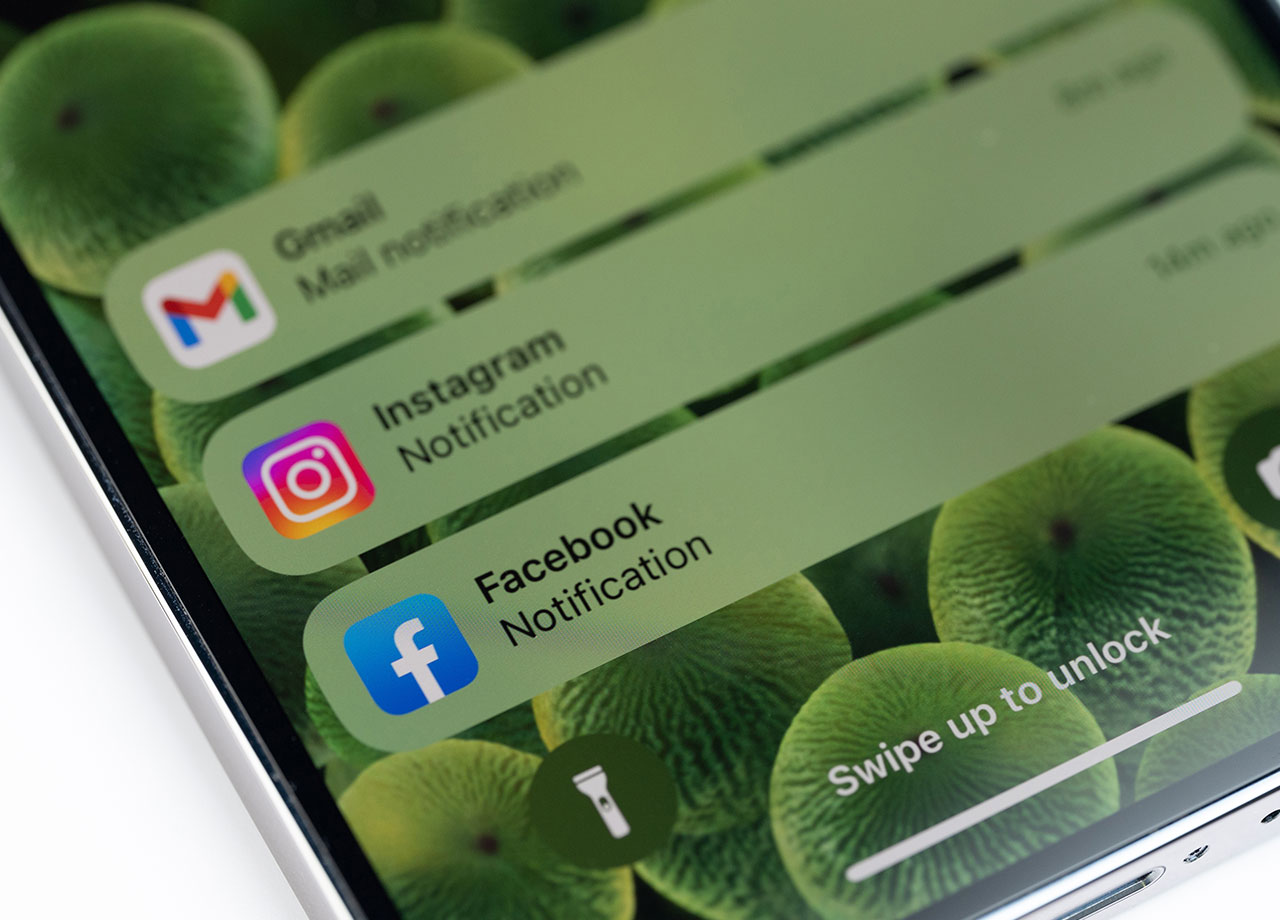This is an archived article and the information in the story may be outdated. Please check the time stamp on the story to see when it was updated last.
If the holidays mean air travel for you, you’ll likely be forced to switch your iPhone settings to “Airplane Mode” in the near future.
It’s kind of a drag, right? There’s always that minute of panic when the flight attendant announces pre-flight that everyone must switch off their phones. It’s usually when you’re trying to download an episode for the flight or mid-conversation with the person who’s picking you up on the other end.

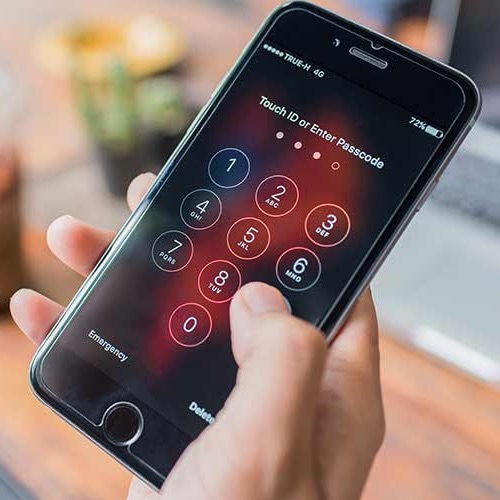
The reason we all have to switch off our phones is that they might possibly attempt to connect with networks on the ground (which has been disputed), and interfere with the plane's navigation system (also disputed). For this reason, they must be kept off until the plane reaches 10,000 feet.
Fair enough. The FCC has enforced this rule since the 1990s, but with our reliance on smart phones reaching a fever pitch in 2018, it has never been more of a nuisance. (Can't we just figure out definitively if the phones interfere so I can go back to cyber stalking my ex??)
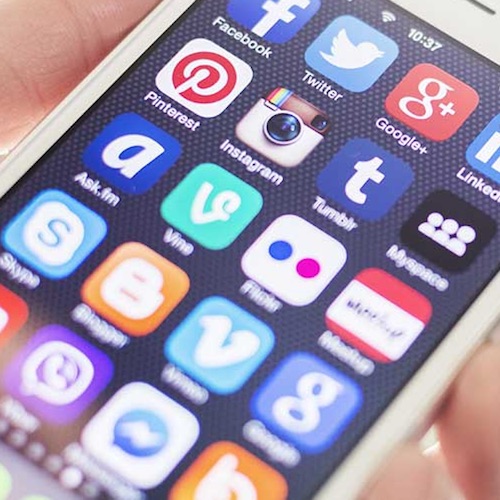
Regardless, when you're switching your phone to Airplane Mode you must be fully aware of how the settings work so you don't run into an emergency situation.
The biggest mistake you can make is to think that you are simply switching how calls and texts are received (like switching from WiFi to Cellular Date). Switching to Airplane mode is not like switching signals. Airplane mode is a complete and total shut down of the ability to transmit signal, and therefore emergency calls and texts can't be made or received while on Airplane Mode.
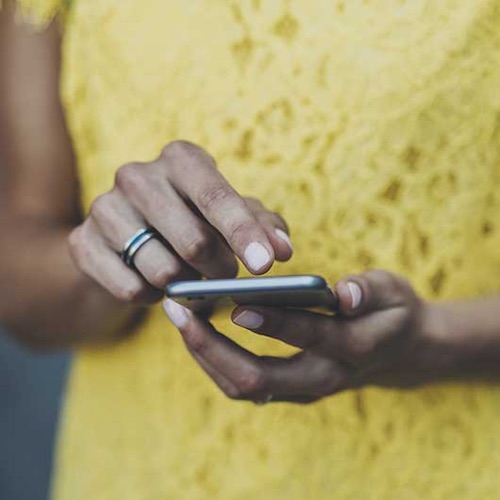
It might seem obvious, but many people are confused about the difference between switching to Airplane Mode and switching to Wi-Fi Calling, Cellular Data or the other signal changes.
The Airplane Mode setting suspends signals on radio-frequency, and receiving or making calls requires transmission of signals which the phone has completely blocked.

The best thing you can do is let your loved ones know that you'll be forced to turn your phone off for a period of time. Don't leave your loved ones waiting.
Especially for parents of young children, pet owners or caregivers for the elderly, it's imperative that you have an emergency plan in place with your child, senior or pet care provider.
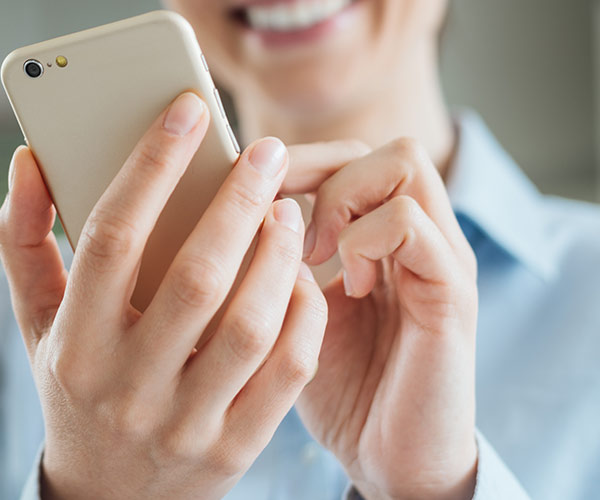
Keep a list of back-up emergency numbers at home (9-1-1 should be at the top of the list, as well as doctor's numbers and the number of someone who is local and can be to your house within minutes). You may want to also consider purchasing Wi-Fi on the plane if you need to be in constant contact (although that can be spotty, depending on the flight and the carrier).






















